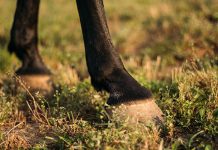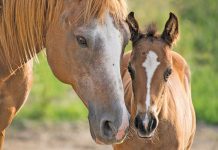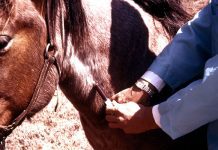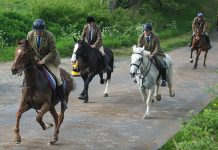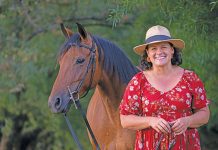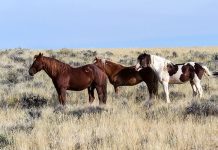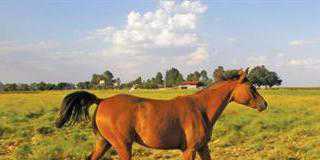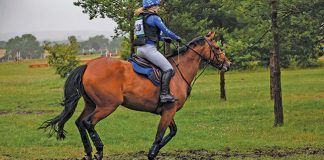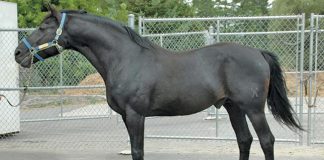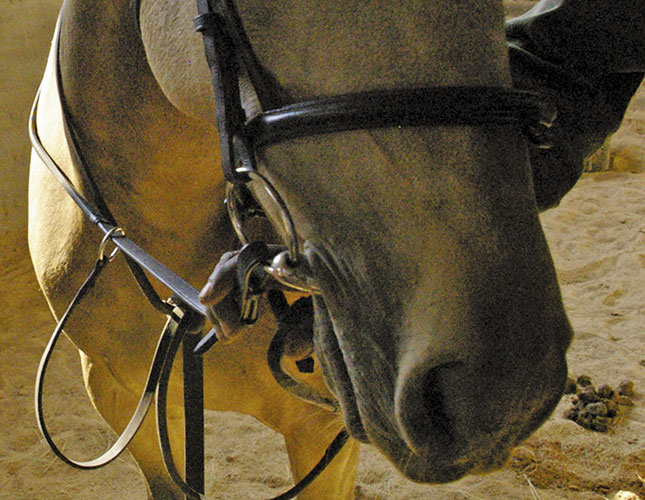
A bit helps a rider to communicate with the horse, but what will work for one horse and rider might not work for another combination. This makes choosing the right bit rather complex. There are hundreds of different bits to choose from and nearly everyone is likely to have his or her own ideas on which is best.
If your horse is resisting a bit, it’s important to know why. It might be because of the shape of the mouth, which differs from horse to horse. Some mouths, for example, are large and chubby, others are small and petite. Choose a bit accordingly.
But the bit itself might not be the problem. Here are other aspects that could be affecting your horse’s behaviour:
Check-ups
Have your horse’s teeth checked at least once a year from the age of three. The tongue and cheeks can become bruised and cut. General resistance to the bit, obvious discomfort when a nose band is done up tightly, reluctance to have its face handled, and quidding (when partially chewed food falls out of the horse’s mouth) are all reasons for a dentist to see your horse.
Saddles
These should be checked regularly. Young horses change body shape dramatically, as do new horses worked correctly for the first time. Older horses and horses coming back into work after illness also change body shape. A sore back due to an ill-fitting saddle can lead to problems that have nothing to do with the bit.
Diet
Most horses, even endurance or eventers, require only 10% protein in their diets. Higher levels will cause problems which won’t necessarily be curbed by a good bit.In fact, a diet that suits the horse’s temperament and enough exercise will eliminate almost all behavioural problems. Horses need stimulation. In the wild, they spend 16 hours a day grazing, so one hour of lunge work, or two of schooling, is nowhere near enough. A horse turned out all night in the summer and all day in the winter will be better behaved.
Change
You can feed, school and do everything by the book, but if your horse doesn’t have what it takes, it will never bring home a gold medal. Accept this and do something you both enjoy.
Schooling
No bit in the world will help a youngster maintain a good carriage. A young horse’s muscles are underdeveloped and the animal is unaccustomed to the weight of the rider. It needs time to learn to carry you and understand what you expect of it. If you make the learning experience unpleasant, you will have far more problems in the end. Above all, do not damage the young horse’s mouth. It takes years of gentle schooling before a young horse can cope mentally and physically with the demands of competition. Choose a bit that makes life easier for the horse; that is the only criterion.
Fitness
Horses get upset and begin to use speed and agitated behaviour as a way of saying they are uncomfortable. A strong bit makes the situation worse. A horse that is not fit enough to carry its neck will learn to avoid the pain caused by it at all costs.
Conformation
A short neck with thick jowls makes flexing difficult. A long underdeveloped neck is weak and will need careful schooling. In other words, conformation of the head, jaw and neck all influence the type of bit your horse will need.
Pain levels
A horse’s natural instinct is to run away from fear and pain. An open mouth, a tongue over the bit, a dry or overly frothy mouth are all signs of pain. The bit rests on the bars of the mouth and these are very sensitive and can be easily damaged.
You!
Finally, there’s the rider. If your horse is having problems, you might need a few lessons. No severe ‘bitting shortcut’ is going to make you a better rider. Take the time to get to know your horse. Even the most reliable horse can get out of hand if the right situation presents itself.

